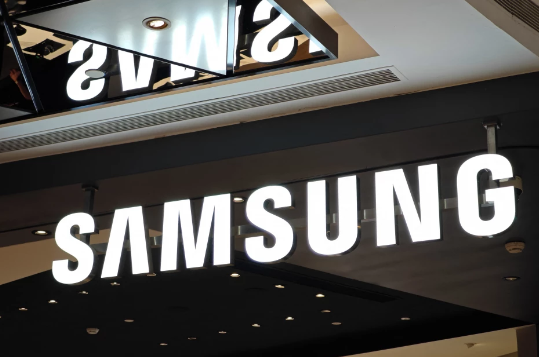Samsung Electronics is projected to achieve a significant 13-fold increase in second-quarter profit compared to the previous year, driven by rising demand for artificial intelligence technology that has bolstered memory chip prices.
Analysts estimate that Samsung’s operating profit, the highest since the third quarter of 2022, reached approximately 8.8 trillion won (about Ksh. 817.5 billion) for the quarter ending June 30. This marks a stark contrast from the 670 billion won (Ksh. 62.2 billion) operating profit reported in the same quarter last year.
The tech giant’s semiconductor division, a cornerstone of its profitability, is expected to continue its strong performance with a second consecutive quarterly profit surge.
This growth is fueled by increasing prices of memory chips, particularly high-end DRAM and NAND Flash chips crucial for AI chipsets, data center servers, and AI-driven devices. Memory chip prices surged between 13% to 18% for DRAM and 15% to 20% for NAND Flash in the second quarter, as reported by TrendForce.
Analysts forecast Samsung’s chip division to achieve an operating profit of approximately 4.6 trillion won (Ksh. 427.3 billion) for Q2, a significant turnaround from the 4.36 trillion won (Ksh. 405 billion) loss reported a year earlier.
Meanwhile, Samsung’s mobile business is expected to see a decline in operating profit compared to last year, despite steady smartphone shipments. This dip is attributed to higher component costs and increased expenses related to marketing and AI development.
For its mobile segment, analysts project an operating profit of around 2.2 trillion won (Ksh. 204.4 billion), down from 3.04 trillion won (Ksh. 282.4 billion) in the same period last year.
Looking ahead, Samsung aims to maintain competitiveness, particularly against rival Apple, with the launch of new flagship foldable phones and innovative mobile accessories, including health monitoring devices, scheduled for unveiling on July 10 in Paris.



